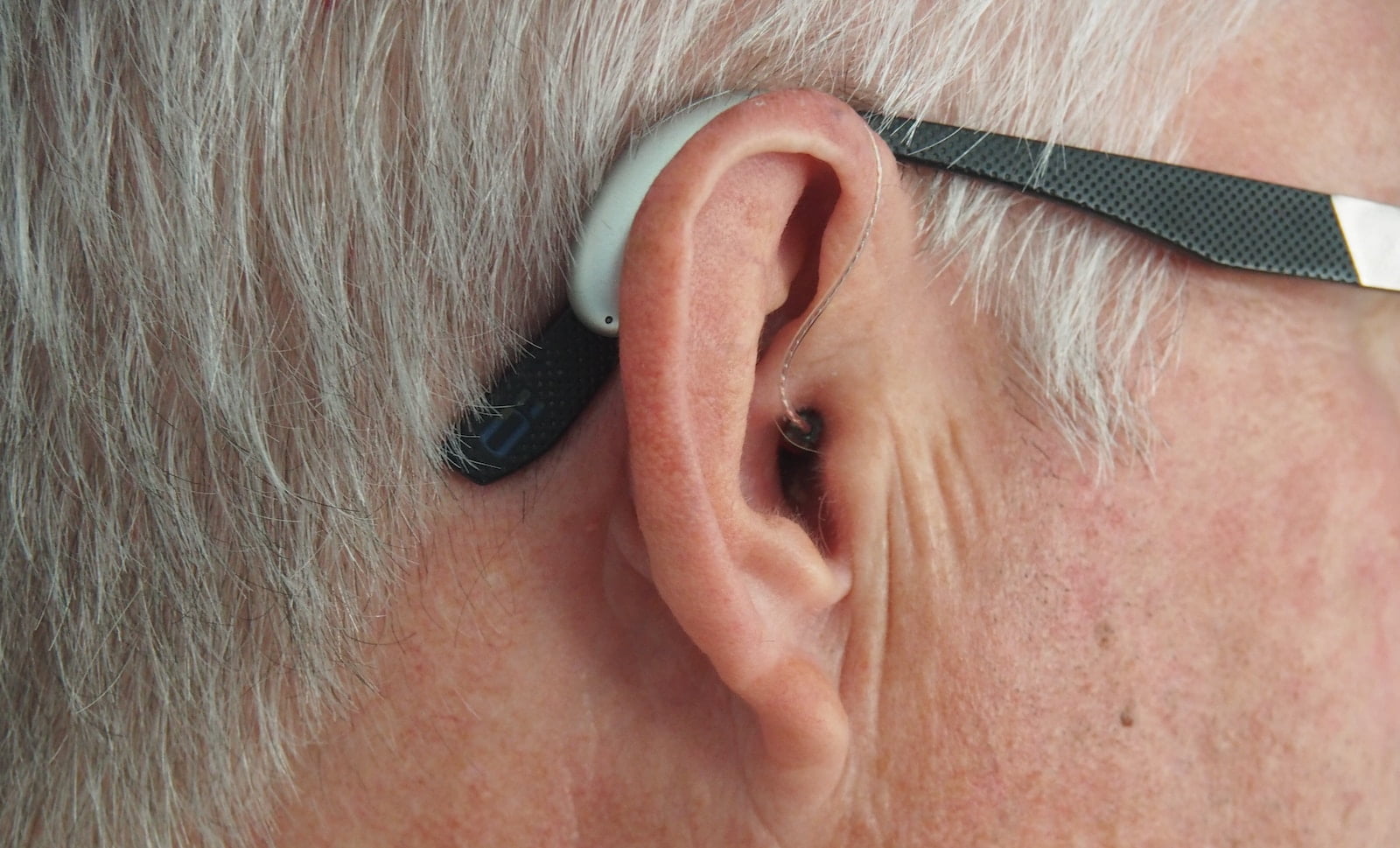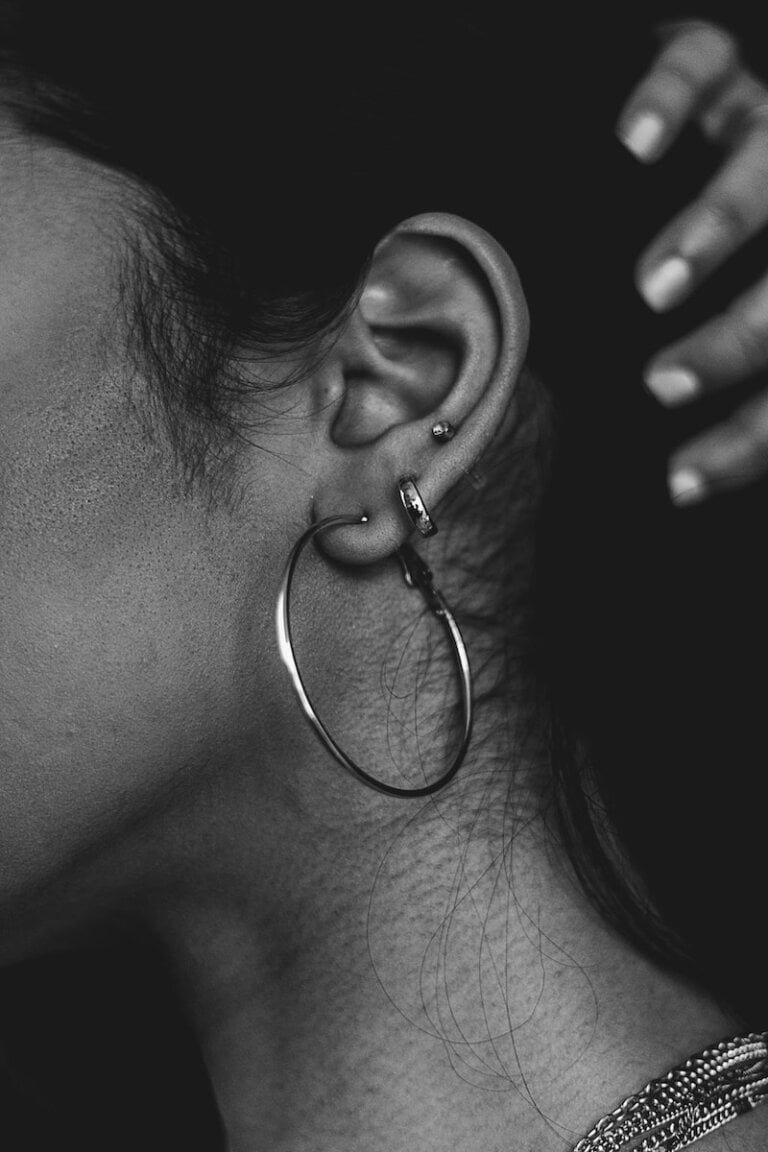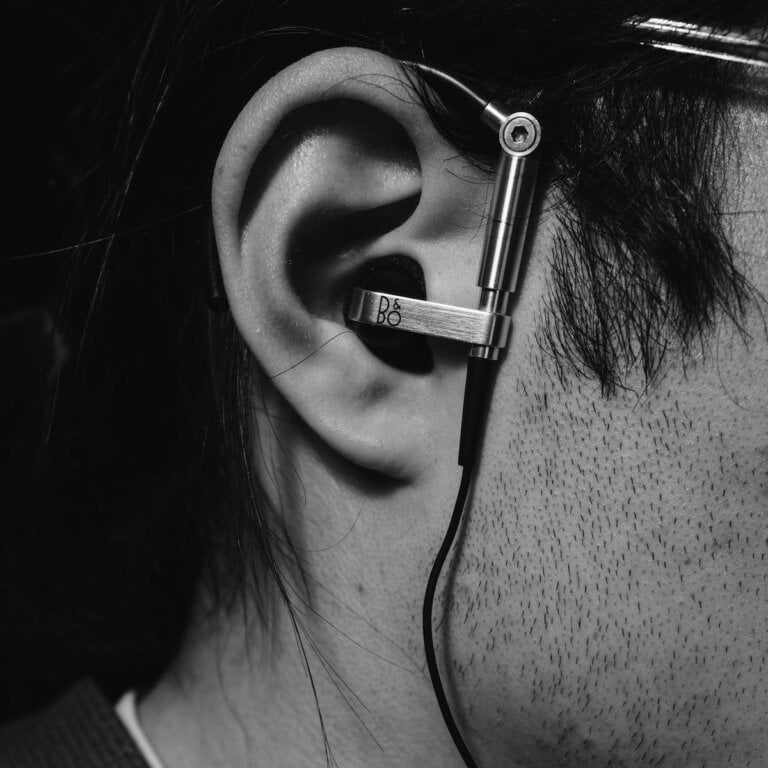Ready for Suction: What to Expect During the Microsuction Ear Wax Removal Procedure
Last Updated on 3rd May 2024 by Admin
When it comes to ear wax removal, there are several methods available, but two of the most common ones are microsuction and irrigation. Both techniques have their own unique advantages and considerations, and understanding them will help you make an informed decision on the right path for your needs. In this article, we will explore the benefits of microsuction and irrigation, comparing them to help you choose the most suitable option.
Microsuction
Microsuction is a safe and effective method for removing excess ear wax. It involves using a specially designed suction device to gently remove the wax from the ear canal. Here are some key benefits of microsuction:
- Precision: One of the main advantages of microsuction is its precision. The small suction tip used allows the practitioner to have full control and remove the ear wax without causing harm to the delicate structures of the ear. This precision ensures a thorough removal of the wax, providing effective relief.
- Safety: Microsuction is considered safe for individuals of all ages, including children and those with narrow or sensitive ear canals. When performed by a trained professional, the risk of complications or damage to the ear is minimal. This makes it a suitable option for anyone seeking ear wax removal.
- Quick and efficient: Microsuction is a relatively quick procedure, typically taking only a few minutes per ear. This makes it a convenient choice for individuals with busy schedules or those who prefer a swift solution. Additionally, many patients experience immediate relief from symptoms associated with excess ear wax, such as hearing loss or discomfort.
- No mess or discomfort: Unlike irrigation, microsuction does not involve the use of water or liquids. This makes it a clean and comfortable procedure for both the patient and the practitioner. There is no risk of water entering the ear canal, which can be a concern for some individuals who may feel uncomfortable with water in their ears.
- Can be performed on impacted wax: Microsuction is particularly effective in cases where the ear wax is impacted or hardened. The suction device can safely remove the wax without the need for any pre-treatment. This makes it a suitable option for individuals who have significant wax build-up or experience difficulties with other removal methods.
- Suitable for individuals with grommets or perforations: One important consideration is the suitability of the method for individuals with grommets or perforations. Microsuction is a viable option for such individuals as it does not involve the use of water or pressure, which could potentially cause complications. This ensures a safe and effective procedure for those with specific ear conditions.
In summary, microsuction offers precision, safety, quickness, cleanliness, and effectiveness for removing excess ear wax. It caters to individuals of all ages and can be particularly beneficial for those with impacted wax or specific ear conditions. This method ensures a thorough removal without causing harm or discomfort.
Irrigation
Irrigation, also known as ear syringing, is another commonly used method for ear wax removal. It involves flushing the ear canal with warm water or a saline solution to dislodge and remove the wax. Here are some considerations when weighing the benefits of irrigation:
- Effective for soft wax: One of the primary advantages of irrigation is its effectiveness in cases where the ear wax is soft and easily removable. The water or saline solution helps to loosen and flush out the wax, providing relief to the individual. It is a gentle and non-invasive method that can be suitable for those with minimal wax build-up.
- Cost-effective: Irrigation is generally a more cost-effective option compared to microsuction. It is widely available and can be performed by healthcare professionals, including general practitioners and nurses. This accessibility makes it a more affordable choice for individuals seeking ear wax removal.
- Can be performed at home: In some cases, irrigation can be done at home using over-the-counter ear irrigation kits. However, it’s essential to follow the instructions carefully to avoid any complications or damage to the ear. This option provides convenience for individuals who prefer to manage their ear wax removal in the comfort of their own homes.
- Quick procedure: Similar to microsuction, irrigation is usually a quick procedure, with each ear taking only a few minutes. This makes it a time-efficient solution for individuals with busy schedules or those seeking immediate relief from symptoms associated with excess ear wax.
When considering irrigation as an option for ear wax removal, it is important to keep in mind that it is most effective for soft wax and may not be suitable for individuals with significant wax build-up or specific ear conditions and has an increased risk of infection compared to microsuction.
Choosing the Right Method
When deciding between microsuction and irrigation, there are a few factors to consider:
- Type and condition of ear wax: The type and condition of your ear wax play a crucial role in determining the most suitable method. If your ear wax tends to be soft and easily removable, irrigation may be a suitable option. However, if the wax is impacted or hardened, microsuction might be the better choice. Understanding the nature of your ear wax can help guide your decision.
- Previous experience and preferences: Personal experiences and preferences can also influence your decision. If you have had positive experiences with a particular method in the past, it may sway your choice. Additionally, if you are uncomfortable with water entering your ears, microsuction might be a more appealing option. Considering your comfort and familiarity with the methods is important in making a decision.
- Medical considerations: If you have specific medical conditions, such as grommets or perforations, it is essential to consult with a healthcare professional to determine the safest and most suitable method for you. They can provide expert advice and consider any potential risks or complications associated with your condition.
Ultimately, the decision between microsuction and irrigation should be made in collaboration with a qualified healthcare professional trained in ear wax removal. They can assess your specific needs, conduct a thorough examination, and provide personalised advice based on your circumstances. Their expertise will ensure that you receive the most appropriate and effective treatment for your ear wax concerns.
In conclusion, both microsuction and irrigation are effective methods for removing excess ear wax. Microsuction offers precision, safety, cleanliness, and suitability for a wide range of individuals. On the other hand, irrigation is cost-effective, convenient, and particularly effective for soft wax. By understanding the benefits of each method and considering your specific requirements, you can make an informed decision on the right path for your ear wax removal needs.







